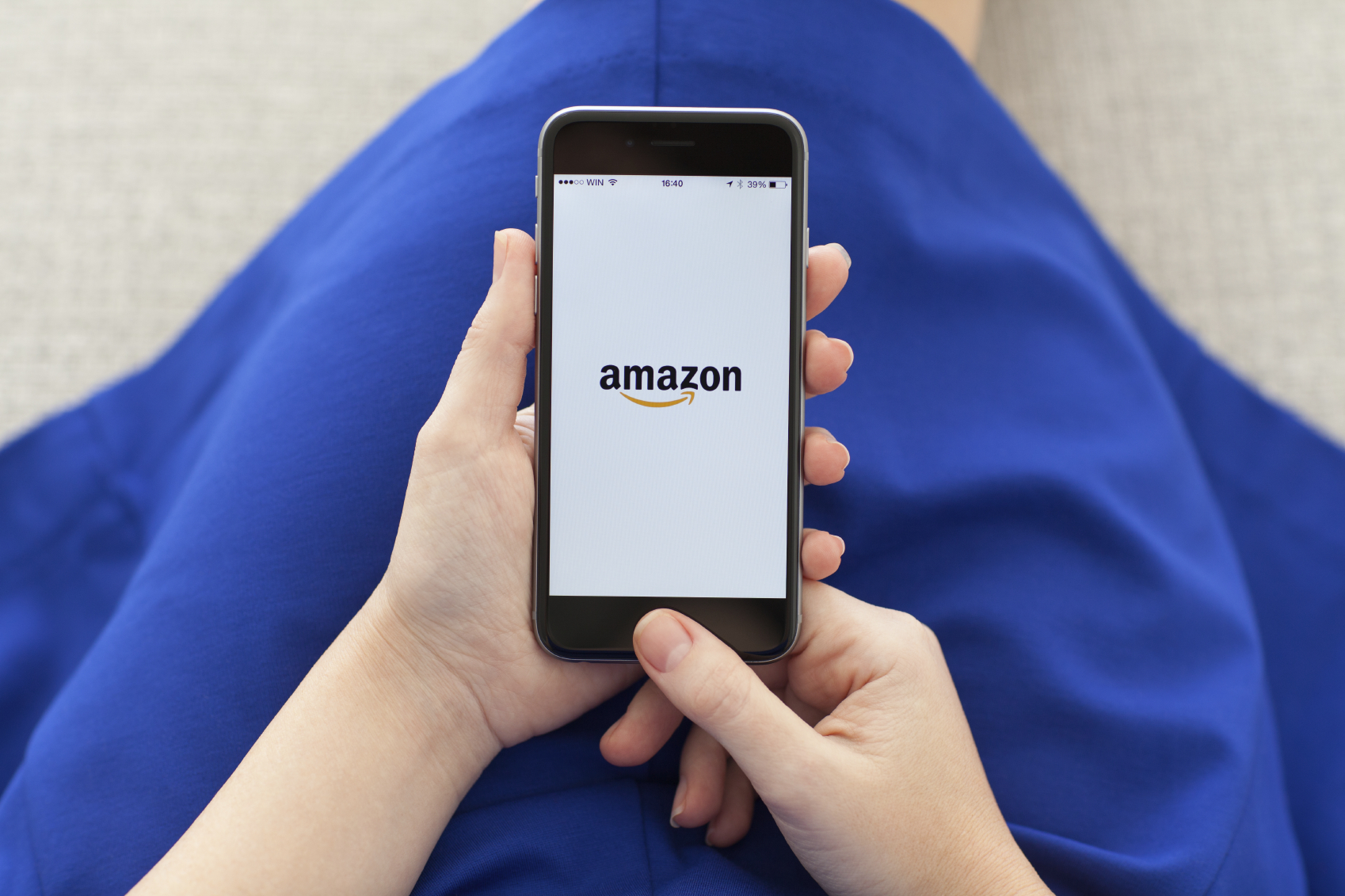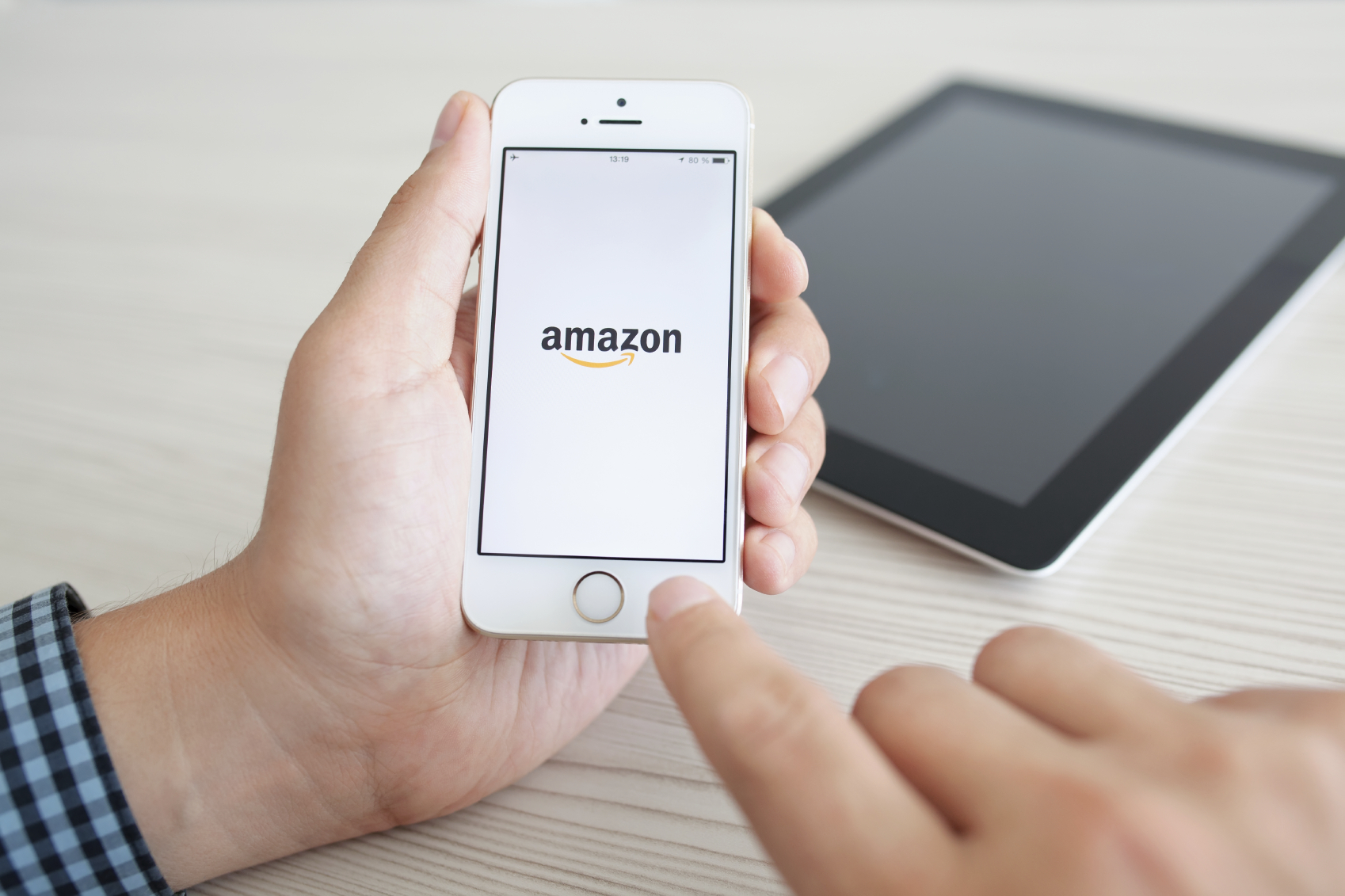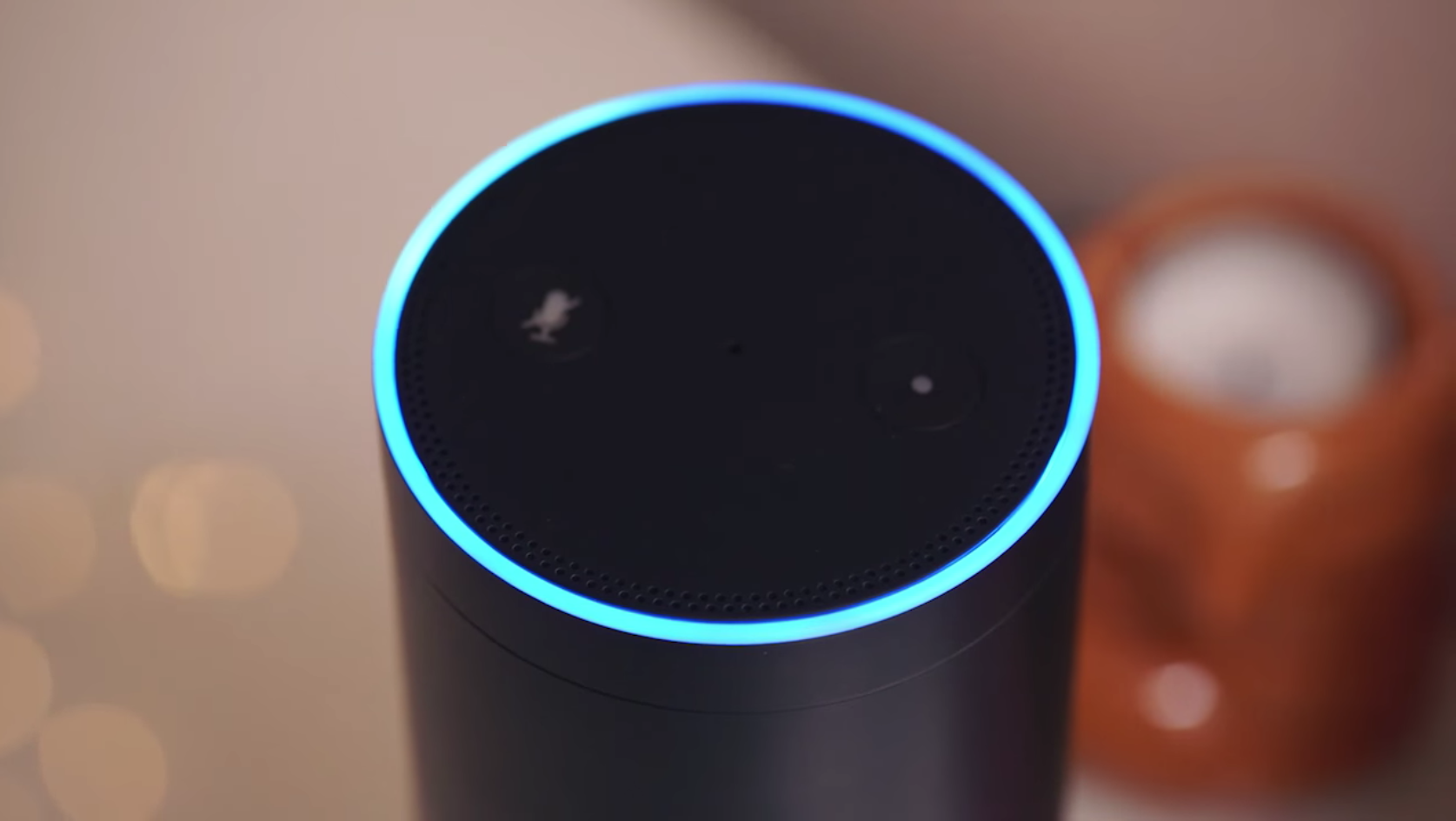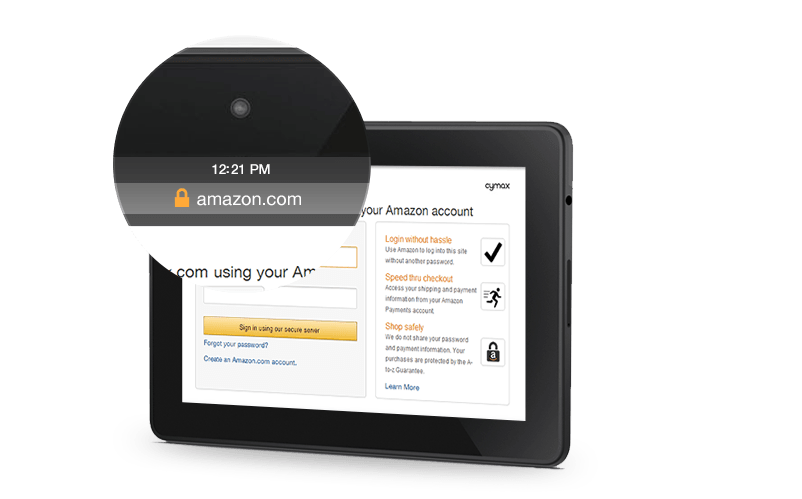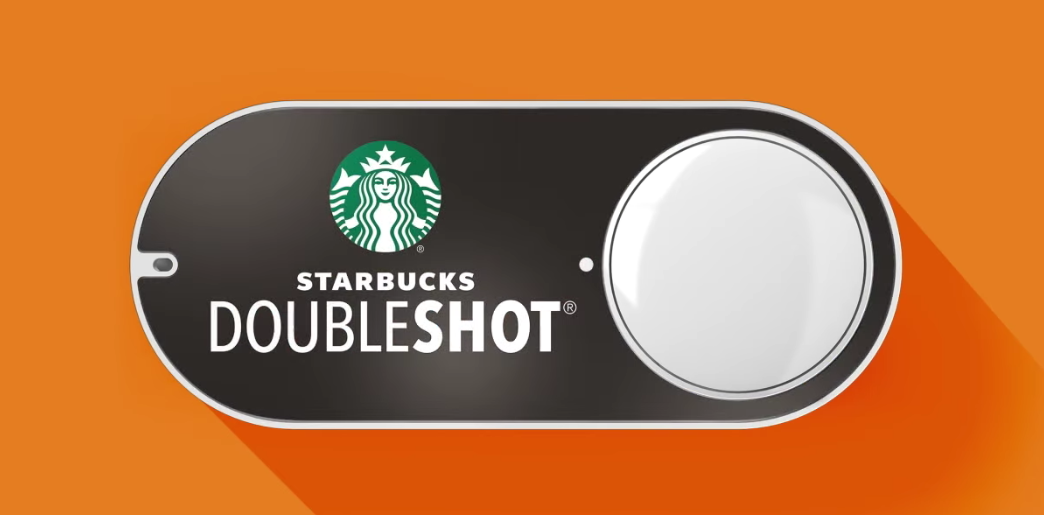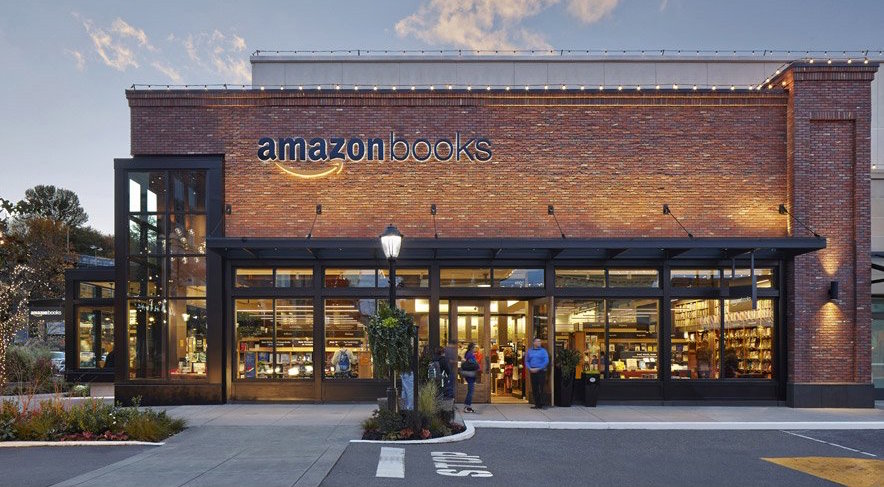What Happened
Amazon is now allowing anyone to create their own Dash Button with the release of a programmable version. While looking pretty much identical to existing Dash Buttons, which enable one-push reordering of products from one of more than 100 brands, the new AWS IoT Button can be programmed to trigger a task or service , such as remotely starting a coffee maker, hailing an Uber ride, or locking the front door, all with a simple tap. These AWS IoT Buttons, which will cost $19.95 each, can also integrate third-party APIs from Twitter, Facebook, or Slack to extend its function to social spheres.
What Brands Need To Do
This new product from Amazon offers a way for brands to create a physical presence in customers’ homes with a one-touch connection to their product or service. For example, an auto brand may devise a button for starting cars remotely or a pizza brand could make a “push-to-order” button (like a physical version of the “Push for Pizza” app). Amazon has made an interesting way for brands to reduce friction in customers’ lives with simple devices that boost loyalty.
Source: Wired
Header image is a promotional image courtesy of Amazon

